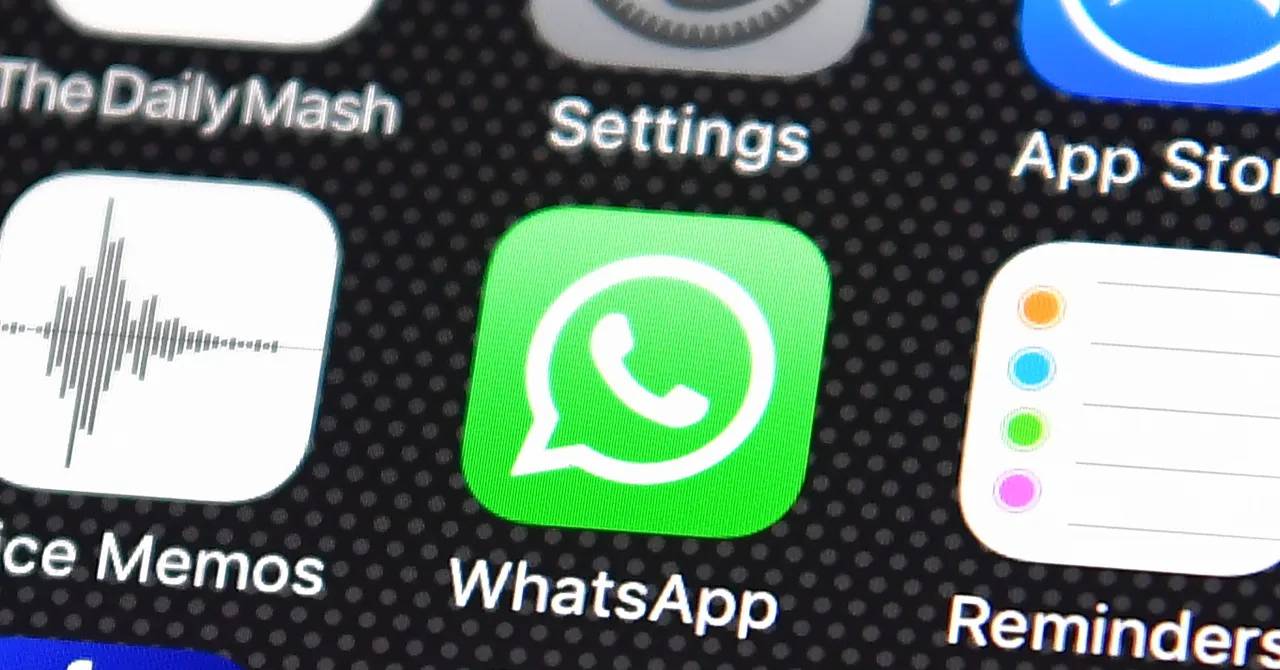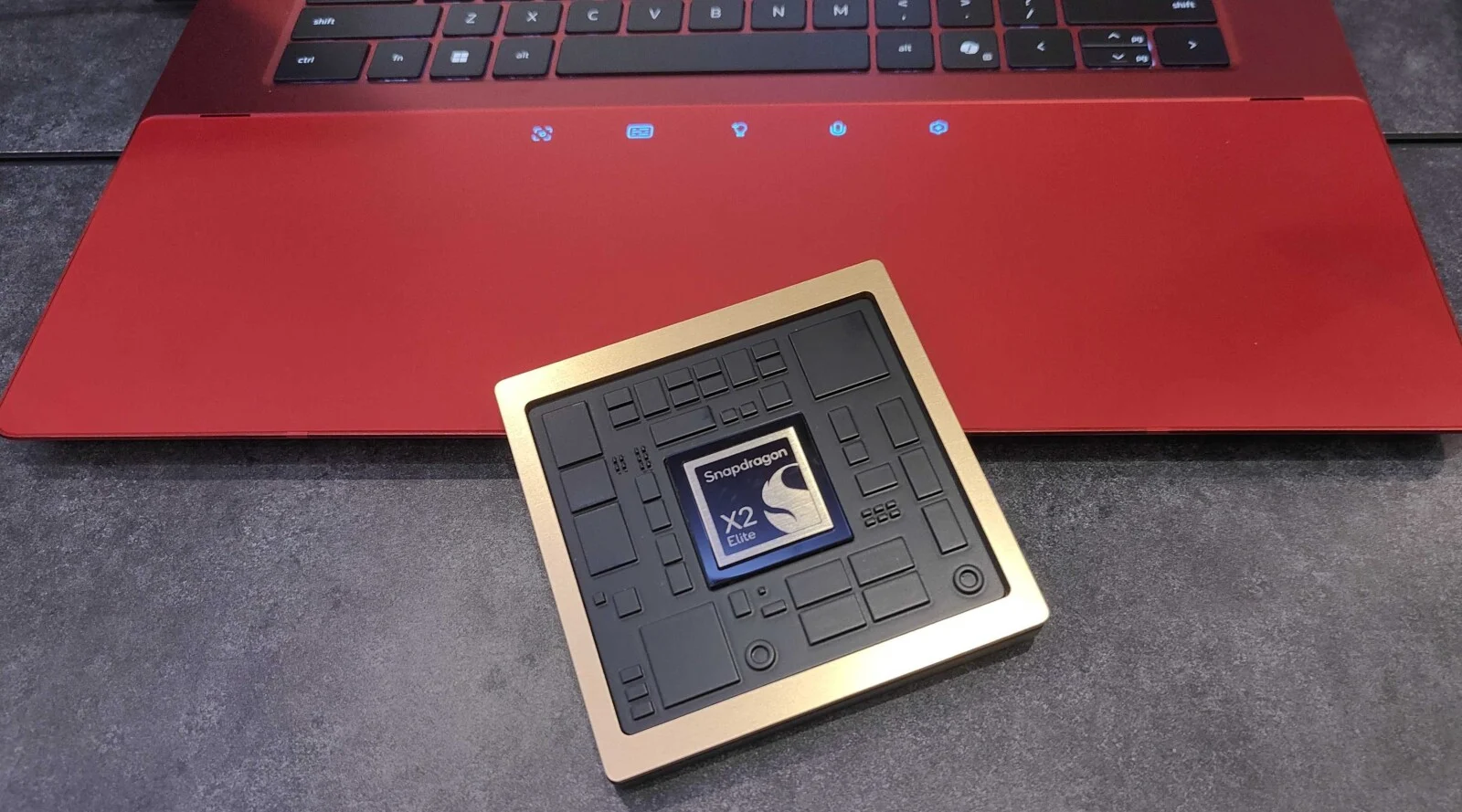Researchers at Princeton University, led by Jeff Thompson, have pioneered a groundbreaking technique that enhances the error correction process in quantum computers. This innovative approach has the potential to expedite the development of large-scale quantum computers, bringing us closer to solving some of the world’s most intricate computational challenges.
Key Highlights:
- A novel method has been developed to pinpoint the location of errors in quantum computers, making them up to 10 times easier to rectify.
- The research offers a fresh perspective on quantum computing hardware, focusing on identifying errors rather than just minimizing their occurrence.
- The technique involves converting errors into a type known as “erasure errors,” which are simpler to correct.
- Real-time error detection is achieved by causing qubits with errors to emit light, while error-free qubits remain unaffected.
- This approach could potentially reduce the computational costs of implementing error correction by a significant margin.
A New Approach to Quantum Computing:
For nearly three decades, physicists have been working on improving qubits, the foundational component of quantum computers, to make them less susceptible to errors. However, errors are inevitable. The primary challenge in advancing quantum computers lies in the ability to detect and correct these errors. Traditional methods of checking for errors often introduce additional errors, creating a cyclical problem.
Jeff Thompson’s team has introduced a revolutionary approach. Instead of merely trying to reduce the probability of errors, they have developed a method to detect when and where these errors occur. This method involves using a different set of energy levels within atoms to store qubits. By monitoring the qubits during computation, errors can be detected in real-time. Qubits with errors emit a flash of light, making them easily distinguishable from error-free qubits.
Erasure Errors: The Game Changer:
The concept of erasure errors isn’t new and has been studied in the context of photon-based qubits. These errors are easier to correct than errors in unknown locations. Thompson’s team has successfully applied the erasure-error model to matter-based qubits for the first time. This achievement follows a theoretical proposal made in 2022 and has shown promising results. The act of checking for errors using this method doesn’t significantly increase the error rate, marking a significant advancement in the field.
The Future of Quantum Computing:
With this new approach, researchers believe that nearly 98% of all errors should be detectable. This could drastically reduce the computational costs associated with error correction. Furthermore, this new error detection architecture is gaining traction. Both Amazon Web Services and a group at Yale have started adapting this paradigm, indicating its potential widespread applicability.
Summary:
The realm of quantum computing is on the brink of a transformative shift, thanks to the pioneering work of researchers at Princeton University. By illuminating errors and converting them into erasure errors, they have introduced a more efficient way to detect and correct errors in quantum computers. This breakthrough could significantly accelerate the journey towards developing large-scale quantum computers, ushering in a new era of computational prowess.








Add Comment